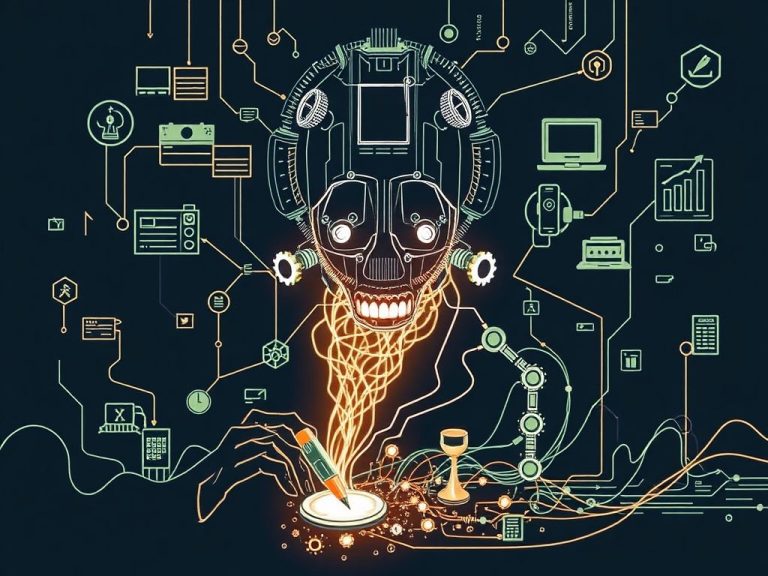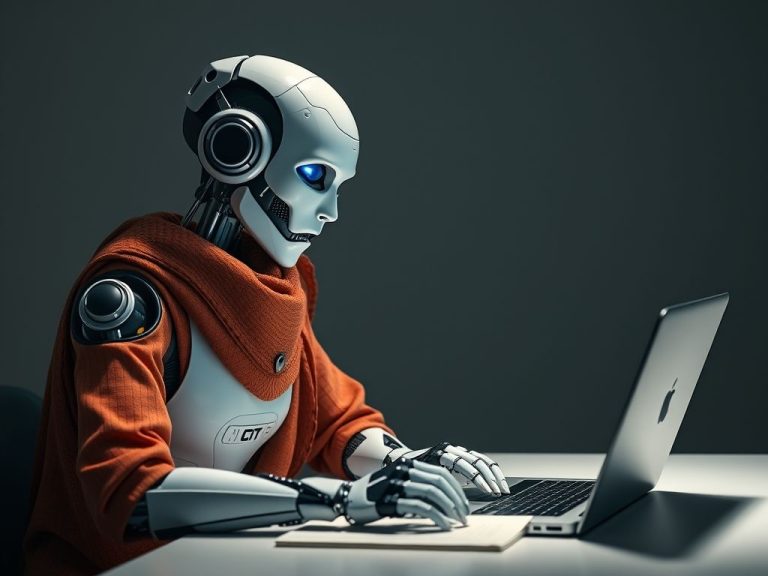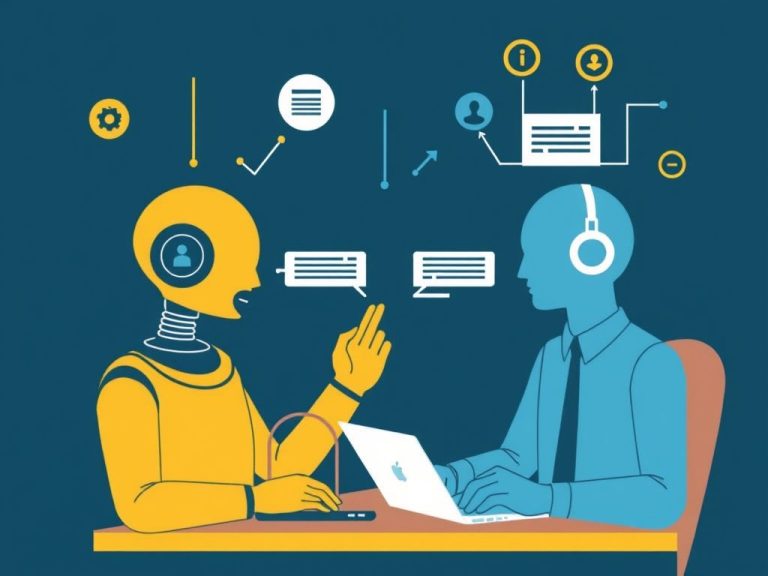How AI to Human Text Converters Are Reshaping Customer Service
In these days’s rapidly advancing virtual panorama, customer service is present process a huge transformation, driven in large part by way of improvements in artificial intelligence (AI). One of the most considerable breakthroughs in this alteration is the improvement of AI to human textual content converters, which can be fundamentally reshaping the way businesses have interaction with their customers. These AI-powered systems enable seamless and efficient communique among AI-driven interfaces and human dealers, leading to stepped forward purchaser delight, elevated efficiency, and optimized carrier delivery. This article delves into how AI to human textual content converters are converting the customer support industry, their key advantages, challenges, and future potential.
The Rise of AI in Customer Service
Artificial intelligence has step by step penetrated every aspect of customer support, ranging from chatbots and automated structures to AI-powered customer service assistants. AI to human text converters are a pivotal element of this evolution, leveraging gadget mastering and natural language processing (NLP) to recognize client inquiries and communicate with human dealers in actual-time. By changing AI-generated textual content into human-like responses, these systems enhance the overall customer service experience. With the capacity to analyze huge amounts of facts, those systems can offer immediately solutions, frequently quicker than human sellers can, that is vital in today’s speedy-paced digital environment.
Key Benefits of AI to Human Text Converters
The integration of AI to human textual content converters brings a large number of advantages to each companies and clients. One of the maximum outstanding benefits is the enhancement of customer support efficiency. These systems allow agencies to provide 24/7 guide with out requiring consistent human intervention. AI can respond to fundamental queries instantly, while human sellers step in for more complex troubles. This system not best cuts down on wait times however also reduces the workload on human agents, allowing them to awareness on duties that require empathy and essential thinking.
Another sizeable gain is value efficiency. By automating routine inquiries and customer support techniques, organizations can store on operational charges associated with hiring huge customer service groups. Furthermore, AI-pushed structures constantly study from each interaction, improving their accuracy and efficiency over the years. This leads to a greater streamlined and cost-effective customer service procedure.
The Challenges and Limitations of AI to Human Text Converters
While AI to human textual content converters keep gigantic promise, there are several demanding situations and limitations to consider. Despite their improvements, AI systems nonetheless conflict with understanding the whole complexity of human feelings, tone, and context. Customer carrier regularly requires empathy and emotional intelligence—qualities that AI structures nonetheless lack. As a result, clients may additionally on occasion feel that their issues are not absolutely understood or that they’re interacting with a cold, unfeeling machine.
Another undertaking is the capacity for miscommunication. While AI has turn out to be proficient at processing facts and supplying applicable responses, it could occasionally generate misguided or beside the point solutions. This can lead to consumer frustration, specifically while the AI fails to understand nuances or unique details in a communication. Therefore, human oversight is critical to make certain that AI-powered responses are accurate and beneficial.
The Future of AI to Human Text Converters in Customer Service
Looking in advance, the destiny of AI to human textual content converters in customer service is particularly promising. Advancements in machine gaining knowledge of and natural language processing are predicted to similarly refine AI’s capability to interpret complicated queries and reply in a greater human-like way. As AI systems grow to be extra sophisticated, the boundary between AI and human interactions will preserve to blur. Future AI structures couldn’t only take care of extra complex customer service scenarios however also understand emotional cues, making them more empathetic and responsive.
Moreover, corporations will increasingly more undertake hybrid models, wherein AI handles the bulk of ordinary obligations, and human retailers step in whilst a higher stage of knowledge or personal interaction is required. This collaboration among AI and human dealers will create a more seamless, powerful, and personalized customer support experience. As AI era evolves, customer support departments will probably shift from being in simple terms human-driven or AI-driven to a balanced, hybrid model that maximizes the strengths of each.
Table: Key Benefits and Challenges of AI to Human Text Converters
| Aspect | Benefit | Challenge |
|---|---|---|
| Efficiency | 24/7 availability, faster response times, and reduced wait times for customers. | AI may struggle with handling complex queries and emotional tone. |
| Cost Efficiency | Reduces the need for large customer service teams, saving on operational costs. | Initial investment in AI technology and continuous learning requires resources. |
| Accuracy | AI systems improve over time by learning from previous interactions, leading to more accurate responses. | AI can occasionally generate incorrect responses, leading to potential customer frustration. |
| Human Interaction | AI handles routine tasks, allowing human agents to focus on more complex and personalized service. | AI lacks emotional intelligence and empathy, which is crucial for handling sensitive customer issues. |
| Scalability | AI systems can handle a high volume of queries simultaneously, scaling as needed. | AI might miss nuances in customer interactions, leading to misunderstandings or incomplete solutions. |
Conclusion
In conclusion, AI to human text converters are revolutionizing customer service by enhancing efficiency, reducing costs, and improving the overall customer experience. Although challenges exist, such as the inability of AI to fully replicate human empathy and occasional miscommunication, the future holds immense potential for this technology. As AI continues to evolve and businesses adopt hybrid models that combine the strengths of both AI and human agents, the customer service industry is poised to see even greater improvements. By staying on top of these advancements, businesses can better serve their customers and stay competitive in an increasingly AI-driven world.






